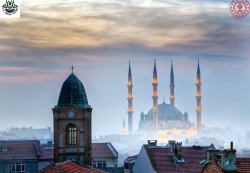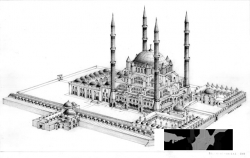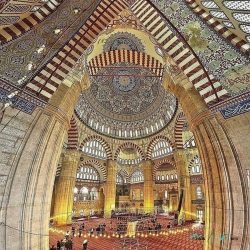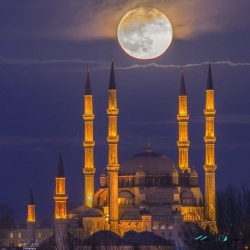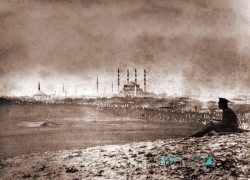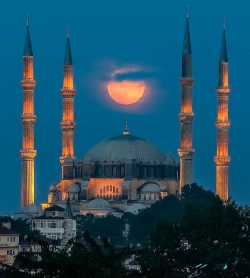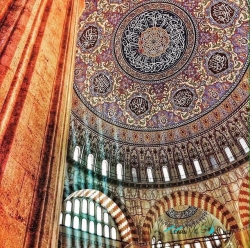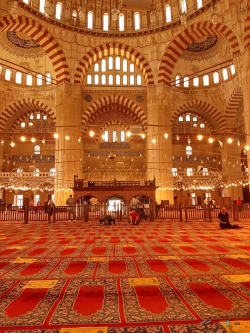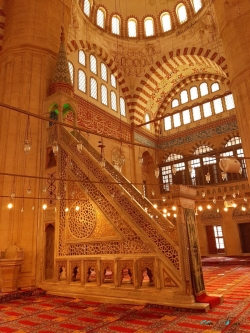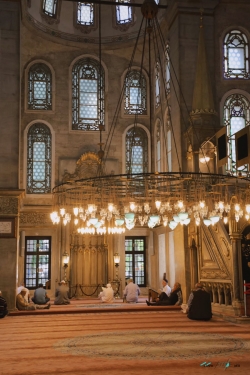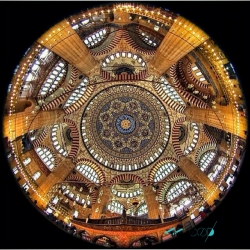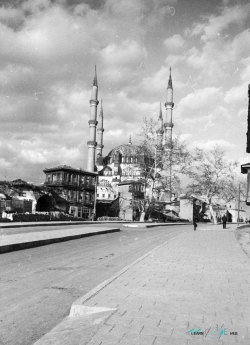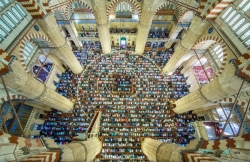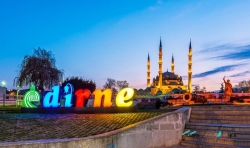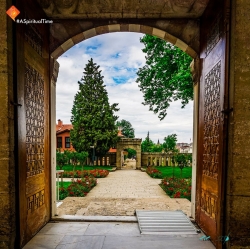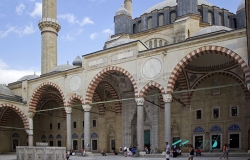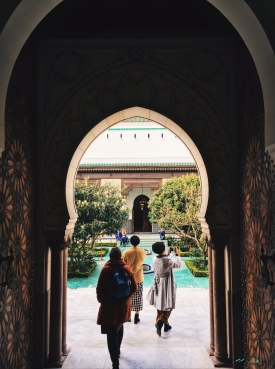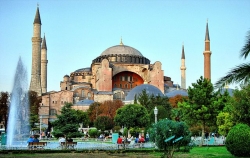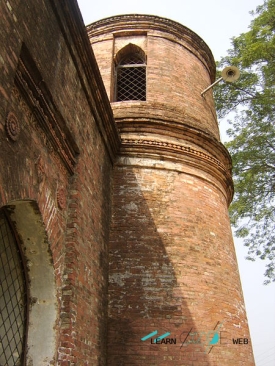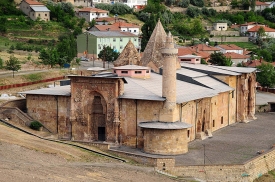ABOUT Selimiye Mosque
The Selimiye Mosque (Turkish: Selimiye Camii) is a mosque located in Edirne, Turkey. It was commissioned by Sultan Selim II, designed by architect Sinan and built between 1568 and 1574. It is considered his masterpiece, as well as one of the masterpieces of Islamic architecture . It has also been listed as a World Heritage Site as a cultural property since 2011.
This great mosque is at the center of a külliye (a complex made up of a hospital, a school, a library and / or baths) which includes a medersa (Islamic school teaching religion and science), a dar-ül hadis (a school of hadith), a clock room and an arasta (a row of shops). The center now houses the Bayezid II Külliye Museum, a museum of the history of medicine. For this mosque, Sinan employed an octagonal bearing system which is created by eight columns inscribed in a square. The four half-domes at the corners of the square behind arches that arise from the pillars have an intermediate section between the large dome (31.25m in diameter with a spherical profile) and the walls.
While traditional mosques are limited by segmented interior space, Sinan's feat in Edirne was to create a structure that made the mihrab as visible as possible from any point inside the mosque. Surrounded by the four tallest minarets in the Islamic world, the Selim II Mosque is topped by a large dome. Around the mosque are many additional buildings: libraries, schools, hospices, baths, dining rooms for the poor, markets, hospitals and a cemetery. These annexes are aligned axially and grouped together wherever possible. In front of the mosque is a rectangular courtyard with an area equal to that of the mosque. Innovation, however, does not come from the dimensions of the building but from the internal organization. The mihrab is moved to the rear in a kind of alcove apse having sufficient depth to allow it to be lit by windows on three sides. This has the effect of causing the mosaics on the lower wall to sparkle with natural light. Made up of eight massive dome supports, the octagon is pierced with four domes covering the corners of the square. The beauty resulting from conforming to a geometric shape nested within each of the others was the culmination of Sinan's long search to unify interior space.
During the siege of Edirne by the Bulgarians in 1913, the dome of the mosque was hit by enemy artillery. Thanks to the extreme robustness of the construction, the mosque survived these assaults with minor damage. By order of Ataturk, it has remained as it is ever since, as an example for future generations.
This great mosque is at the center of a külliye (a complex made up of a hospital, a school, a library and / or baths) which includes a medersa (Islamic school teaching religion and science), a dar-ül hadis (a school of hadith), a clock room and an arasta (a row of shops). The center now houses the Bayezid II Külliye Museum, a museum of the history of medicine. For this mosque, Sinan employed an octagonal bearing system which is created by eight columns inscribed in a square. The four half-domes at the corners of the square behind arches that arise from the pillars have an intermediate section between the large dome (31.25m in diameter with a spherical profile) and the walls.
While traditional mosques are limited by segmented interior space, Sinan's feat in Edirne was to create a structure that made the mihrab as visible as possible from any point inside the mosque. Surrounded by the four tallest minarets in the Islamic world, the Selim II Mosque is topped by a large dome. Around the mosque are many additional buildings: libraries, schools, hospices, baths, dining rooms for the poor, markets, hospitals and a cemetery. These annexes are aligned axially and grouped together wherever possible. In front of the mosque is a rectangular courtyard with an area equal to that of the mosque. Innovation, however, does not come from the dimensions of the building but from the internal organization. The mihrab is moved to the rear in a kind of alcove apse having sufficient depth to allow it to be lit by windows on three sides. This has the effect of causing the mosaics on the lower wall to sparkle with natural light. Made up of eight massive dome supports, the octagon is pierced with four domes covering the corners of the square. The beauty resulting from conforming to a geometric shape nested within each of the others was the culmination of Sinan's long search to unify interior space.
During the siege of Edirne by the Bulgarians in 1913, the dome of the mosque was hit by enemy artillery. Thanks to the extreme robustness of the construction, the mosque survived these assaults with minor damage. By order of Ataturk, it has remained as it is ever since, as an example for future generations.
The Best Pictures of Selimiye Mosque
Videos of Selimiye Mosque









